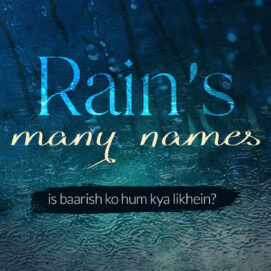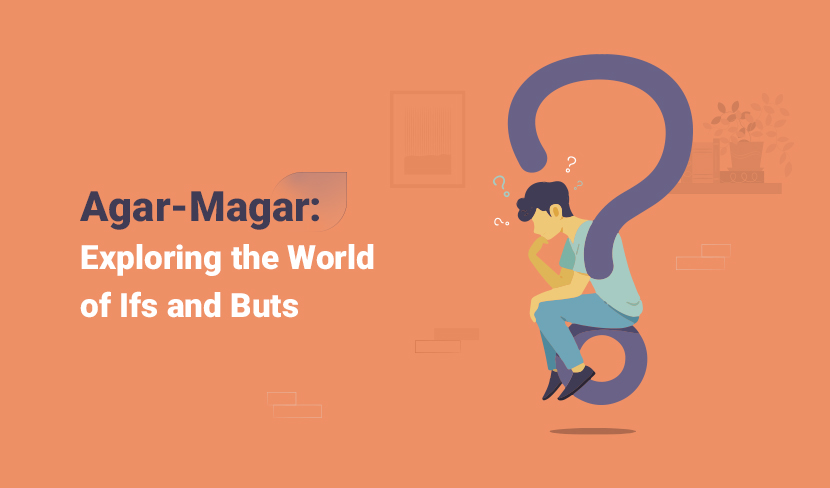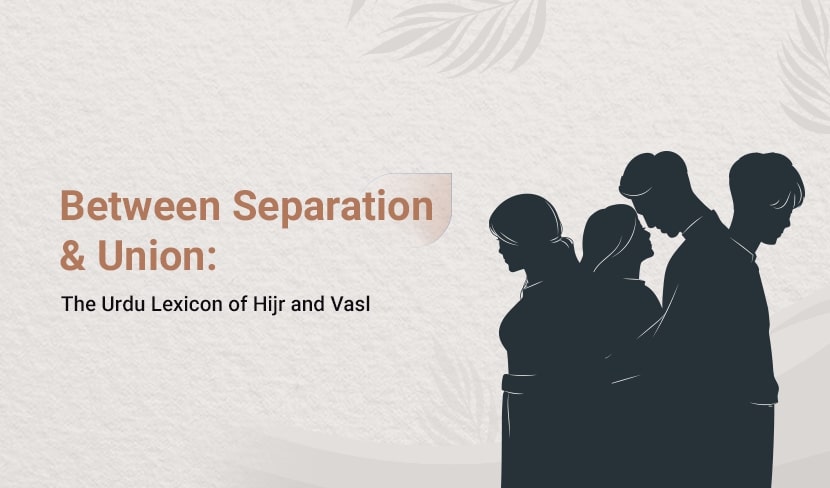زیادہ تلاش کیے گئے الفاظ
محفوظ شدہ الفاظ
کِھسیانی بِلّی کَھمبا نوچے
جسے غصہ آرہا ہو وہ دوسروں پر اپنی جھلاہٹ اتارتا ہے، بے بسی میں آدمی دوسروں پر غصہ اتارتا ہے، شرمندہ شخص دوسروں پر اپنی شرمندگی اتارتا ہے، کمزور کی جھنجھلاہٹ
چَمَنِسْتان
ایسا باغ جہاں پھول کثرت سے ہوں، ایسی جگہ جہاں دور تک پھول ہی پھول اور سبزہ سبزہ نظر آئے، گلزار، گلستان، باغ، پھولوں کا قطعہ، سبز کھیت
From Witchcraft to Women’s Empowerment

Idioms and Society
Idioms are miniature portraits of a society’s experiences, ideas, and emotions. Urdu is home to a fascinating and colourful world of idioms. Over time, their meanings and connotations shift. Social structures change, women’s status evolves, economic systems take new directions, and political consciousness rises—all of these transformations leave their mark on language.
One striking example of this evolution is the idiom: “aasmaan mein thigli lagaana” — to sew a patch in the sky.
The Sky as a Cultural Symbol
The sky has always held deep symbolic meaning in our cultures. Religions are described as “heavenly,” scriptures as “heavenly books.” In Sanskrit, the term ākāshvānī literally means “a voice from the sky.”
In Urdu poetry, the sky plays many roles. Sometimes it is seen as deceptive, treacherous, the friend of rivals and the enemy of lovers. Poets often complain about the sky’s cruelty. These sentiments have given birth to a range of idioms connected with the heavens.
The Idiom: A Patch in the Sky
The idiom, aasmaan me.n thiglii lagaanaa (آسْمان میں تِھگْلی لَگا نا)
carries several meanings:
• To accomplish the extraordinarily difficult or nearly impossible.
• To perform a strange, miraculous, or unheard-of act.
• To reach places where ordinary people cannot.
• To display great cunning, trickery, or craftiness.
In old tales , magicians, witches, and ascetics were said to have such powers that they could “patch the sky”—achieving feats beyond human reach. In Urdu’s very first masnavii, Kadamrao,Padamrao a yogi is described in precisely this way: one who could “sew a patch in the sky.”
Changing Connotations
Not long ago, during a panel discussion on women, one speaker praised women’s resilience by saying:
“Today’s woman is sewing patches in the sky.”
Here, the idiom carried a positive, empowering meaning. Yet in older stories and narratives, when applied to women, it usually had a negative tone.
For example, Saadat Hasan Manto, in his book Ganjay Farishtay, wrote about a famous actress:
“She seemed like one of those old witches from the tales who used to patch the sky.”
Verses from classical masnaviis echo similar imagery:
تھگلی بادل میں یہ لگائیں گی
دیکھنا کیسے گُل کھلائیں گی
Thiglii baadal me.n ye lagaa.e.n gii
dekhnaa kaise gul khilaa.e.n gii
Here the phrase gul khilaana (“to make flowers bloom”) is itself another idiom, meaning to do something unexpected, mischievous, or disruptive.
Related Idioms
Other similar idioms in Urdu include:
• aasmaan mein paivand lagaanaa (to patch the sky)
• aasmaan phaad kar thiglii me.n paivand lagaanaa (to tear the sky and then sew it back)
• baadal me.n paivand lagaanaa (to patch the clouds)
Language and Symbolism
• Thiglii is a Hindi word meaning “patch” or “piece of cloth.”
• Paivand is the Persian equivalent, with the same meaning.
Faiz’s Metaphor
The word paivand finds a poignant use in the poetry of Faiz Ahmed Faiz:
zindagī kyā kisī muflis kī qabā hai jis meñ
har ghaṛī dard ke paivand lage jaate haiñ
Translation:
Is life like the tattered robe of a pauper,
in which, at every moment, new patches of pain are sewn?
Here, paivand becomes a symbol of grief and sorrow, stitched endlessly into the fabric of existence.
Conclusion
An idiom once linked with trickery and magic has, in modern times, become a metaphor for courage, struggle, and women’s empowerment. This transformation reminds us that language is never static. It renews itself with time, carrying new meanings, fresh energies, and reflections of the society it belongs to.
Delete 44 saved words?
کیا آپ واقعی ان اندراجات کو حذف کر رہے ہیں؟ انہیں واپس لانا ناممکن ہوگا۔






